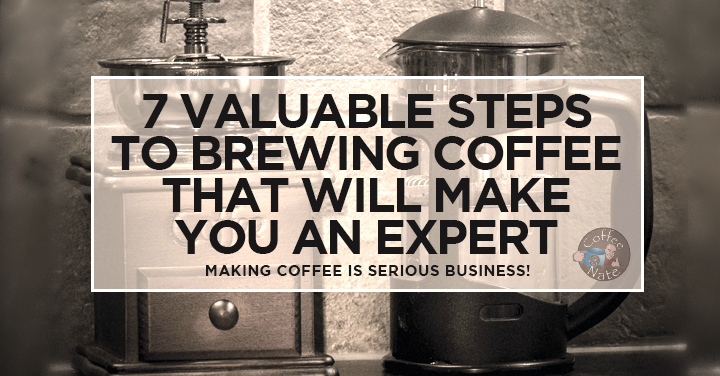
Guest post by Shaun Pullen
Making coffee is serious business, woe to the Keurig pods.
The search for great coffee has become an American obsession. It’s right up there with NASCAR and colluding with Russians. Connoisseurs of the elixir of life can now please their discerning palates at boutique coffee emporiums stretching from Seattle to Key West.
However, a fierce debate rages on regarding the best way to brew one’s coffee at home. Some swear by the vacuum process while others pledge their fealty to the French Press or the pour over. Brand names like Chemex, Aeropress, and Hario are now tossed around as freely as Frisbees.
IF YOU’RE GOING TO MAKE YOUR COFFEE,
THE FIRST DECISION IS HOW YOU’RE GOING TO MAKE IT.
Making coffee is serious business, and woe to the neophyte who says, “I think those Keurig pods are pretty good.” Blasphemer!
So, if you want to impress the Caffeine Cognoscenti, you may want to follow these seven easy steps to make one helluva good cup o’ Joe.
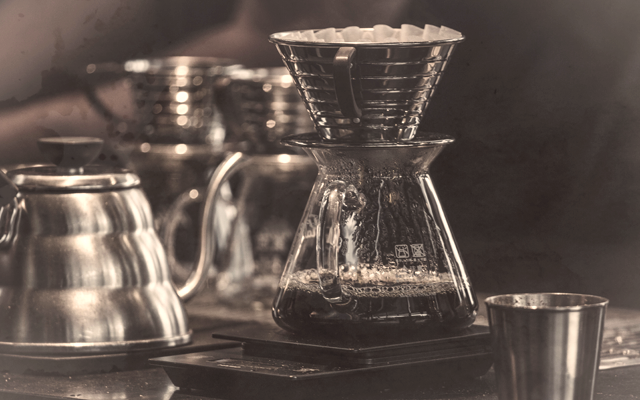
STEP #1: FUNNY, YOU DON’T LOOK BREWISH
If you’re going to make your coffee, the first decision is how you’re going to make it. Many people who are sticklers for great coffee swear by the pour-over method and swear even more when they run out of filters.
So, if you find automatic coffee makers an abomination and a tool of Satan, get yourself a good Hario V60. Hario in Japanese means “King of Glass.” So don’t throw any stones at it. This Japanese-made pour-over kit contains a heat-resistant glass coffee pot that’s microwavable. It holds 4 cups and is easy to use.
And best of all, it makes a killer cuppa.
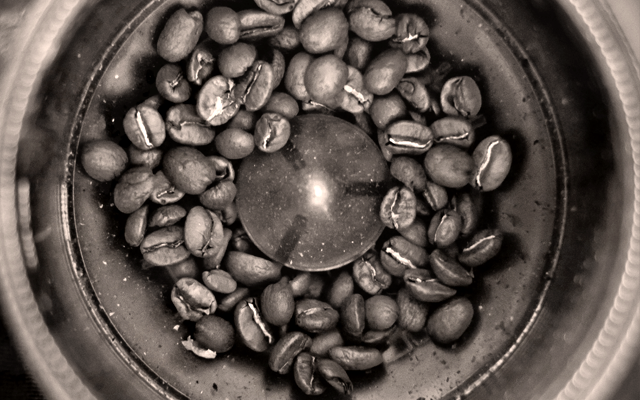
STEP #2: GRINDER FINDER
What? You use pre-ground coffee! That’s a serious misdemeanor in Eugene or Portland, OR. According to the Coffee Nostra, coffee must be ground every time you make coffee. So, a grinder is de rigueur (which is a French phrase for “super cool”).
A GOOD GRIND CAN BE LIKE YOUR FRIENDS; SOME ARE COARSE, AND OTHERS ARE VERY FINE.
People in the know love the Burr coffee grinder and not just because of Aaron Burr, who killed Hamilton, invented it. His invention is making a killing, I know, ironic. The Burr can grind 17 different ways (insert joke here), so it’s well worth the modest price.
Nate Note: Unlike the blade-type grinders, burr grinders produce a more consistent grind size. Blades always create dust, which makes your coffee taste bitter.
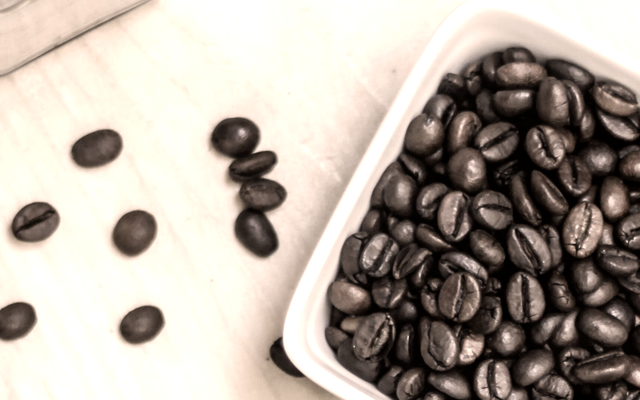
STEP #3: THE BEAN IS BOSS
Okay, you’ve got your coffee maker, your grinder, now comes the hard part.
Back in the day, there were only three kinds of coffee beans, and two of them were found on top of Juan Valdez’s donkey.
Today, at last count, you have 26,341 different types of beans to choose from, some from countries you’ve never heard of before.
So, why whole beans? Could it be because all their essentials oils are locked inside? Yes, I just answered my own question. And make sure they’re freshly roasted.
Okay, where are these precious beans? At a local roaster or a small roaster who sells online. Don’t have one? Then go to GoCoffeeGo and you’ll find a selection of quality beans from several roasters…all in one shopping cart. Or just walk around a trendy neighborhood in your city and sniff around a lot.
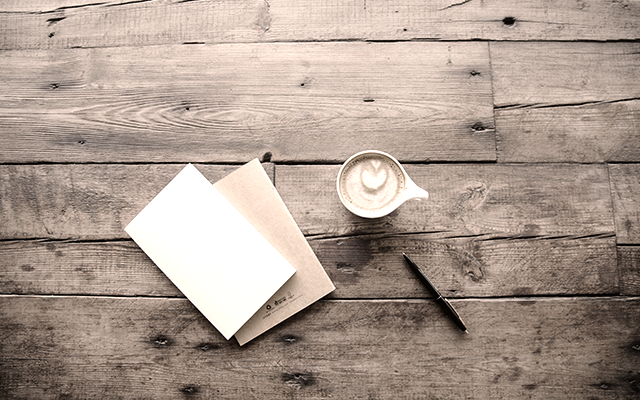
STEP #4: SWEAT THE SMALL STUFF
Now that the obsession of brewing the perfect cup of coffee has jeopardized your job and your social life, let’s go full-tilt OCD and talk about water thermometers. Yes, that’s right. Because if your heated water is only 185 degrees (the current temperature in Phoenix), you’re cheating yourself.
Those in the know say that 200 degrees in the gold standard of heatitude. So get that water thermometer out or get yourself the Bonavita Variable Temperature Kettle and impress your friends. If you still have any left.

STEP #5: WATER, WATER, EVERYWHERE
The average human body is about 70% water unless you’re Michael Phelps. Then it’s 98.75%. The same for coffee. That’s why many people think of Michael Phelps when they drink coffee.
THE AVERAGE HUMAN BODY IS ABOUT 70% WATER UNLESS YOU’RE MICHAEL PHELPS.
So it’s important to use filtered water. Not tap water. That will only anger your grind. And angry coffee is yucky coffee. Spring water and filtered water are best. Distilled? Not so much.
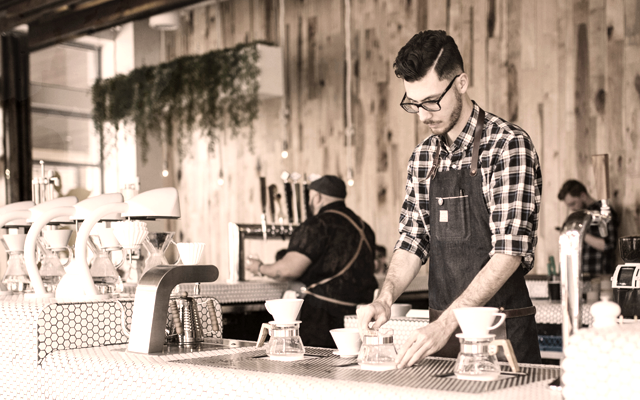
STEP #6: BREWING 101
If you aspire to be a great coffee brewer, then there are a few fundamental things you should know. So get out your calculators and take notes.
- Coffee to Water Ratio
“Do I really have to know this?” “Will this be on the test?” Hey, stop your bellyaching. This is important stuff. Ideally, the ratio for a great cup is 18 parts water to one part coffee. So, if you’re using 4 cups of water, then… umm… you should be using… uhhh…Math is hard! I prefer the eyeball method.Nate Note: I get crazy here and uses a Hario scale to measure the mass of water used. I use a scale because mass offers better consistency from brew to brew than measuring by volume. If you use a ratio of 15:1, it would be 1000 g of water to about 67 g of coffee. Coffee is subjective, so adjust the ratio until you find your preference. Note that you’ll adjust this ratio for various brewing methods.
- Grind Particle Size
When it comes to coffee, size matters. A medium fine grind is ideal for most brewing methods. A coarser grind says to the world, “I haven’t a clue about the brew.”…unless you’re using a press pot. So get out that Burr device and figure it out. - Water Temperature
Don’t forget the water should be between 198 and 202 degrees.

STEP #7: THE GOOD, THE BAD, THE STARBUCKS
Gandhi once said, “This lousy coffee tastes like the Ganges! Send it back!”
Coffee is a very personal thing. Start your day with a bad cup of coffee and the whole day is ruined. But a great cup of coffee makes the world seem more tolerable, like a world with fewer Kardashians.
So how do you tell the difference? Well, if you take a sip of java and immediately spit it out and cry “Foul!” that’s a good indication you’ve just tasted bad coffee. Conversely, if you take a sip… smile, say “Ahhh!” and high-five your umbrella stand, then you’ve tasted the delicious stuff.
NO EXCUSE FOR BAD COFFEE
In summary, there’s no excuse for a bad cup of coffee anymore. Just follow the previous seven steps, and nirvana will be awaiting you. Namaste.



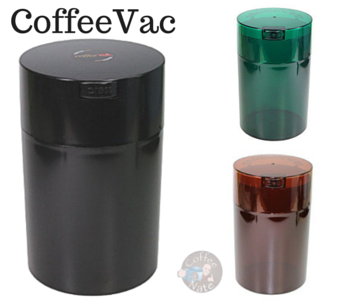


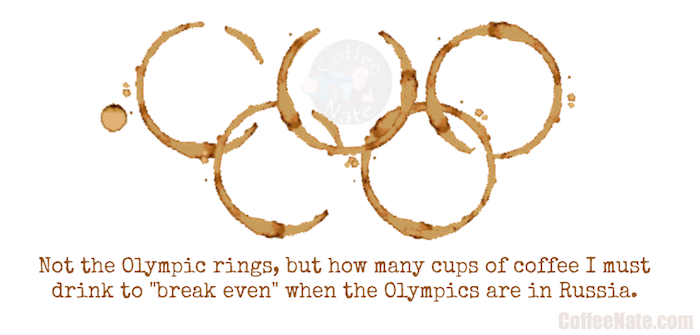

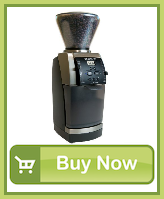
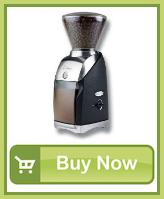
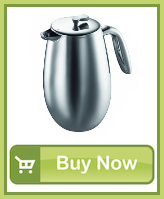

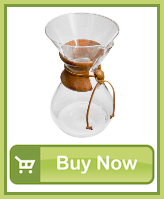
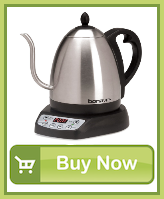
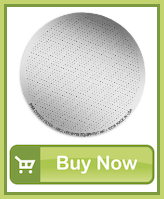
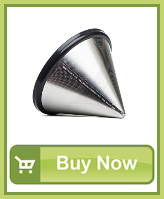
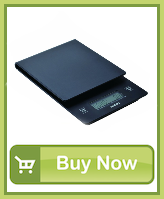
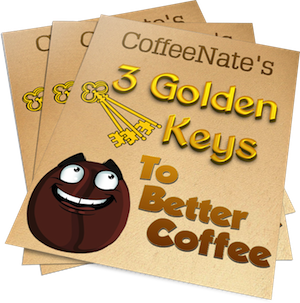




Like Coffee? : The First Steps Towards Loving Coffee
So, you like coffee?
We learned the difference between “like” and “love” in junior high (at least we thought we did). You walked your sweaty-palmed self to the object of your affection, and s/he proceeded to stomp your guts out. Hopefully, your story ended better than mine. The point being, there are millions of people who “LIKE” coffee, but they don’t love it. They may think it’s love, but really they’re just fooling themselves and it’s puppy love. So how does one develop a deeper understanding of the coffee world? Just like everything else, you can learn through trial and error, or my personal favorite, learn from the mistakes that others have made!
Taking the First Step
If you’re already a specialty coffee connoisseur, then this message isn’t for you, but it may come in handy when you want to point someone to an introduction to better coffee. If, however, you’re currently drinking grocery store coffee, or subjecting yourself to $5 coffee drinks, this message is made especially for you. If you’re the latter, you probably do not realize that you are spending almost $2000/year. If you’re the former, do you realize that you are drinking a rancid beverage? The first step is admitting your need of help. Even if you think you are perfectly happy with your current situation, there is always room to improve upon it.
It’s All in the Grind
Most people don’t know that the coffee grinder is actually the most important element to brewing a perfect cup of coffee. Sure, you must start with great beans, and you need to have a decent brewer, but those things will be all for nothing, if you don’t have a suitable grinder. The popular home coffee grinder is a cylindrical looking appliance, with blender looking blades at the bottom. If you are currently using one of these, then you are needlessly drinking a poorly brewed beverage. All home brewing folks need a reliable, burr grinder. Why? There is only a percentage of the coffee bean that is soluble, and an even smaller percentage that you want in your cup. For this reason, each brewing method requires a specific, uniform coarseness of the coffee grounds. The blades on the cheapo models cannot possibly be made to create a uniform grind. A poorly ground batch of coffee will see many fines (coffee dust), as well as chunks, leading to too much of the fine particles being dissolved, as well as not enough of the chunkier pieces. Conversely, a properly ground batch of coffee for your brewing method, will result in the optimal amount of the coffee being dissolved into the beverage (extraction).
If you are going to brew regular coffee (non-espresso), then the most economical grinder that I can confidently recommend is the Baratza Encore ($129). To most of you, this may seem like a huge price to pay, but there are grinders that cost thousands! You will also realize an overall savings by having a well constructed grinder that lasts for years, allowing you to brew better coffee at home than in most coffee shops. Additionally, you will also be able to save on the brewer, as most people think that the bulk of their budget should be spent on the brewer. This is simply not the case. If you have $150 for your overall coffee equipment budget, I will tell you to get the grinder and recommend a $20 brewer. If you are strapped for cash, but you don’t mind a bit of an arm workout, I can recommend a $40 manual grinder, The Porlex. This grinder is a great choice for non-espresso folks, and its sturdy construction makes it a great travel grinder too.
Choosing the Right Coffee Maker
There are probably hundreds of different ways to make coffee, but most people opt for the automatic drip coffee maker. While not producing the optimal beverage, it is easy to use. The drawbacks to the auto-drip are internal cleaning/descaling, which is vital to maintain the internal parts as well as providing the best possible taste. Also, many of these brewers do not sufficiently heat the water to attain proper extraction. Personally, I stay away from any brewing system that is enclosed. If I can’t see that the parts are clean, then there is always a nagging voice in my head that is telling me that it’s dirty. Another advantage of manual brewing options, is the level of control over the entire process. I know how hot the water is, I know the equipment is properly cleaned, and I know how long the water is in contact with the ground coffee.
Here are a few options of coffee brewers that are perfect for the beginner, not requiring a great amount of learning, while only requiring a small amount of time and effort.
Off-Topic Plug: CoffeeNate readers can enjoy a 1 year subscription to Hallmark eCards for just $10 (20% savings)! Just use coupon code ECARDS2OFF at checkout. I’m always sending eCards, because they are much cheaper than traditional cards, but much more personal than saying “Happy Birthday” on my friends’ Facebook profiles (along with 500 other people). This 20% offer expires on March 31st, but even at $12, I’ve found this to be a good value.
You NEED Good Coffee
[Read more…]